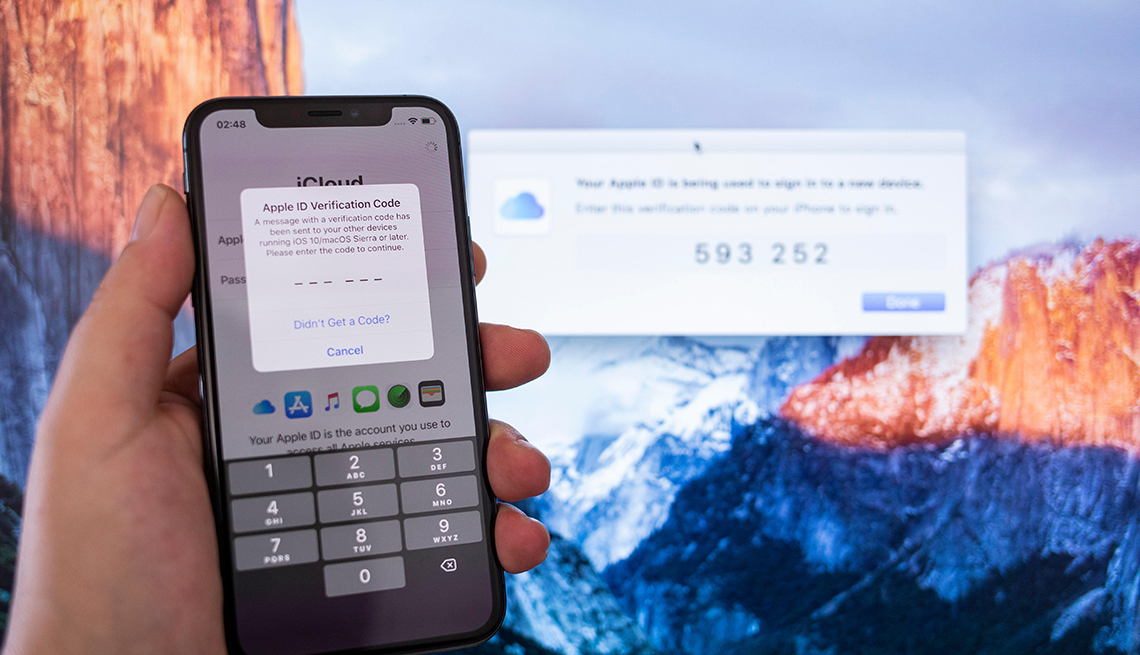Here is a phishing email that I thought would be a good reminder of this kind of emails. The threat actor are using the U.S. Red Cross. This is what they are doing this time is sending an email title Red Cross Blood Drive. Then in the email would say something like download this file that is attached for information on the blood drive. If you get a popup with to read it click a button to disable macros so the attachment’s content can be shown. It will show you a list ;however, behind the since the hidden malware executes to steals your data from the computer.
If you get any file that you do not know who it is coming from or expecting a file that is asking you to disable any security items. Do not do it and just delete the file.
Owner / Tech
Robert’s Computer Service LLC
864-494-6089

